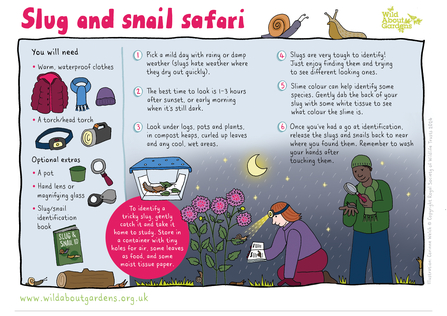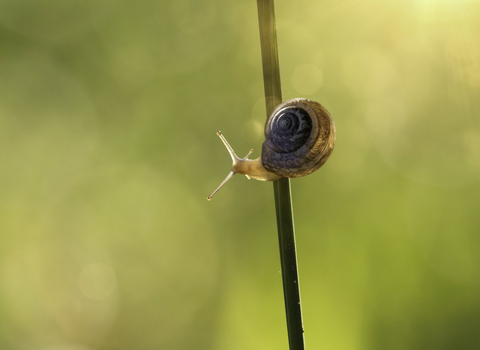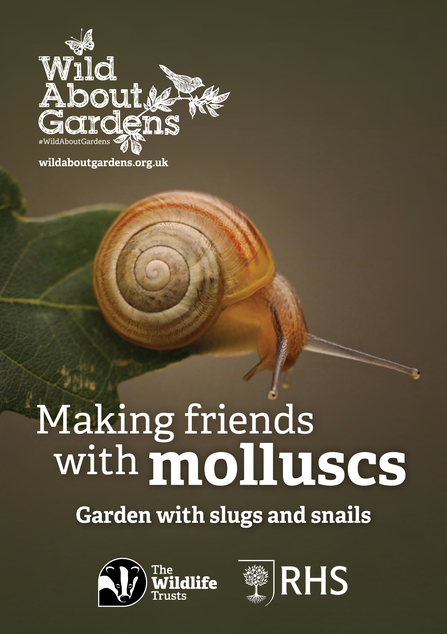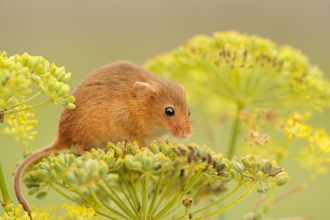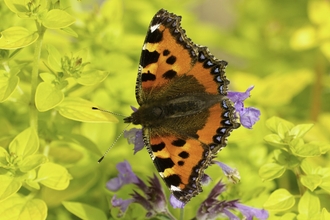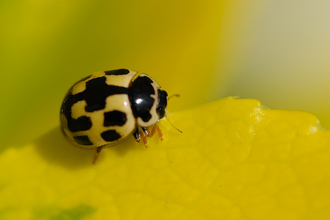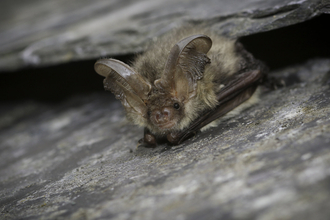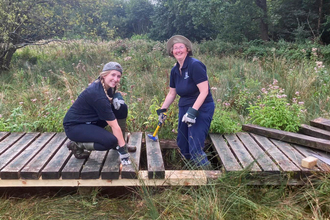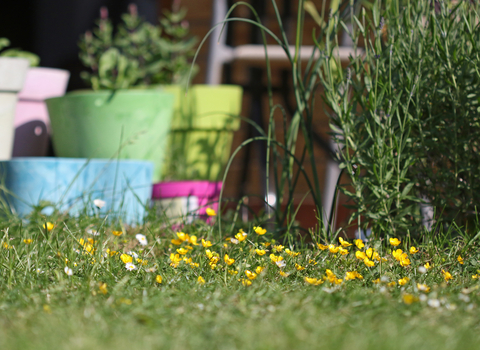Snails and slugs probably wouldn't win any popularity contest prizes but they're important creatures in your gardens and local greenspaces. Of the 150 or more species in the UK, many of which occur right here in Worcestershire, there are only a few that pose a challenge for gardeners...and can we really blame those few for enjoying a tasty treat?
Most snails and slugs contribute positive to garden ecosystems; they're part of nature's clean-up crew, feeding on rotting plants, fungi, dung and carrion, helping to recycle nitrogen, nutrients and minerals back into the soil. For gardeners with greenhouses, our molluscs can clean the algae from the glass, leaving behind their trademark trails.
Not only are they helpful to gardeners but they're also a key food source for many of our much-loved garden visitors including song thrushes, frogs and hedgehogs. By adopting wildlife-friendly gardening practices, gardeners and those who manage greenspaces can help to support a thriving wildlife community.
By learning more about these amazing creatures, we can learn to live alongside them (even the ones that might occasionally munch our favourite plants)!
Download our wild about gardens making friends with molluscs booklet.
You'll discover fascinating facts about snails and slugs as well as how they help in our gardens. You'll find identification hints, activities to spot them at home and ways that you can help snails and slugs where you live.
Follow these five tips to live harmoniously alongside slugs and snails:
- Provide shelter: Create habitats for slugs and snails by leaving log piles, mulch and natural debris in garden areas. These spaces offer shelter and a food source for these creatures and may make them less likely to venture out into your vegetable bed.
- Selective planting: Choose plants that are less attractive to slugs and snails or are more resilient to their feeding habits, such as lavender, rosemary, astrantia, hardy geraniums, hellebores and hydrangeas.
- Barriers: Implement barriers – such as copper tape and wool pellets – that may provide some protection for vulnerable plants from slug and snail damage.
- Handpick and monitor: Regularly inspect plants for signs of slug and snail damage and manually remove any you find, relocating them to your compost heap or areas with less vulnerable plants. Consider evening patrols with a torch, as slugs and snails are most active at night-time.
- Encourage predators: Create a haven for natural predators of slugs and snails, such as ground beetles, song thrushes, frogs and toads, by providing suitable habitats, such as long grass, log piles and wildlife-friendly ponds. Predators help to naturally regulate slug and snail populations, keeping their numbers in balance.
You can discover more about snails in this short video from our colleague Ben
Want to spot some snails and slugs of your own? Then why not follow some simple instructions (below) for a night-time safari around your garden or local patch...
